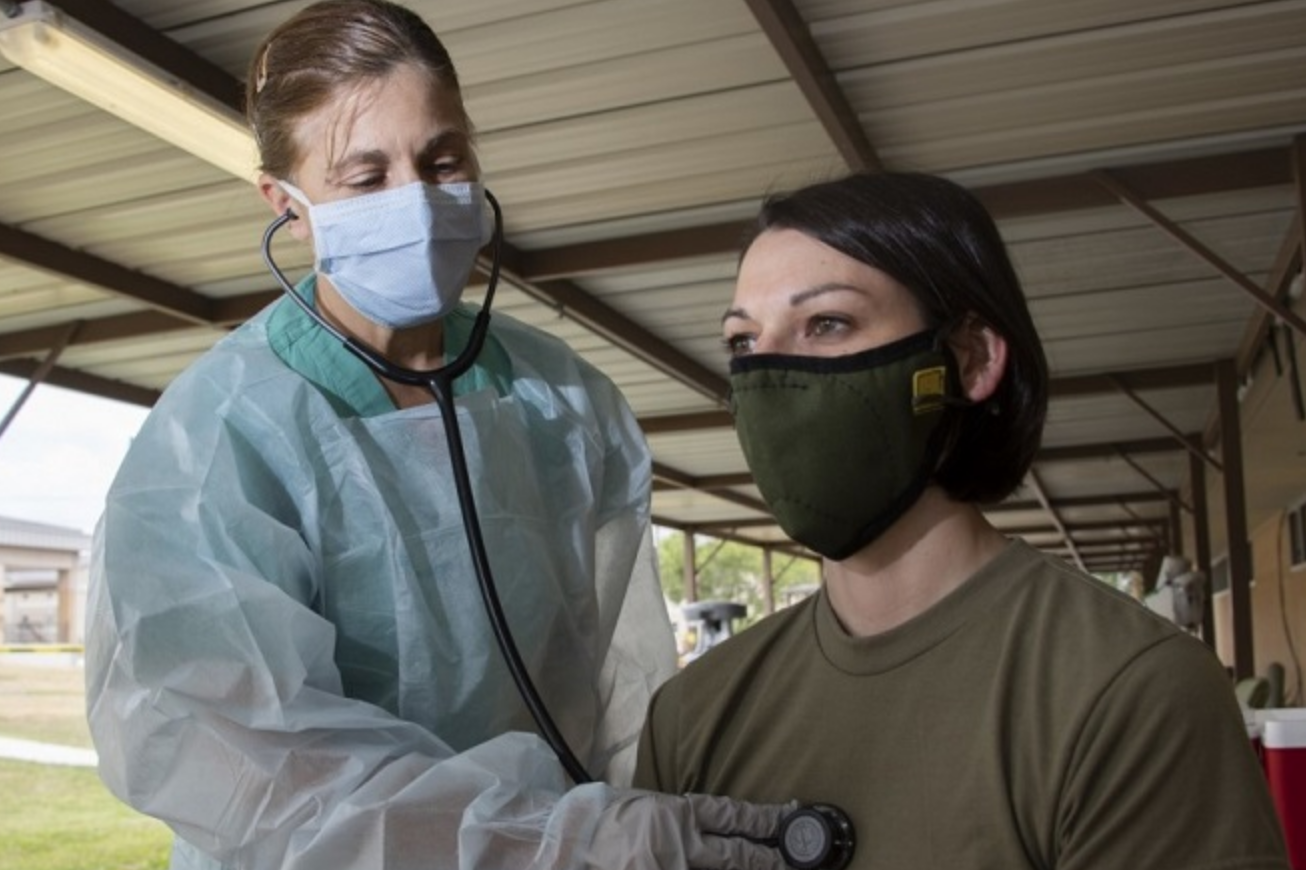GalileoSmith
Active Member
As I have said, I dispute the article saying that masks are ineffective at stopping the spread of covid-19, and I dispute the article's claim that ordinary masks can cause breathing difficulties suggested in the article. Furthermore, I have cited other valid, scientific and medical sources that refute your article. Just for your viewing enjoyment and for the irony, I cited links to Stanford University. Here is a link to the AMA with countless articles relating to the wearing of masks... | American Medical Association . That is The American Medical Association, not some conservative website.The link right in the beginning of the article takes you right to the study. The affiliation with Stanford is right there in the study.As I have said a few times, I have found no evidence that the study actually has any real affiliation with Stanford or is in any way a study authorized by the Stanford University School of Medicine.I linked to the study. You didn't read it, preferring instead to stick your fingers in your ears and yell LA LA LA I CANT HEAR YOU.I'm on recorded as claiming that someone affiliated with Stanford (if he really is), does not make for a credible source. You are citing a published study that has been dismissed by the consensus of the medical profession. That's why it is in the American Conservative Movement website and not at the Johns Hopkins website.Yes, leftists sure do like to give lip service to science, but not when is disagrees with their dogma.Nice try but nope. There are countless medical... that is medical websites that confirm that masks worn in crowded public areas reduce the amount of viral particles released into the air by coughing, sneezing and simply exhaling by an infected person. Masks also reduce the distance any viral particles will travel. As for everyday masks causing hypoxia, hypercapnia, shortness of breath, increased acidity and toxicity, again, nope. But if you can provide three, no, we'll say two actual accredited medical websites that state otherwise, you're in business. The American Conservative Movement website won't do. Neither will anything from DC Comics or The Gateway Pundit.Lefties are going to have to attack the source on this one, since they won't be able to dispute the content.

Study Quietly Published at NIH.Gov Proves Face Masks Are Absolutely Worthless Against Covid [Updated]
Article originally published at American Conservative Movement and transferred here for posterity. Update: Stanford University has disavowed the study, sayingamericanconservativemovement.com
But you're on record as claiming Stanford University and the National Institute of Health are not accredited medical sources.
Exactly as programmed.
You have failed miserably to quote anything that you dispute from the article, so you are now trying to attack the source. When lefties cannot dispute the content of an article or post, the only thing they have left is to evade or to attack the source. Your next post STILL won't be a quote of something you dispute from the article with an explanation of why, it will just be another evasion or another attack on the source.






